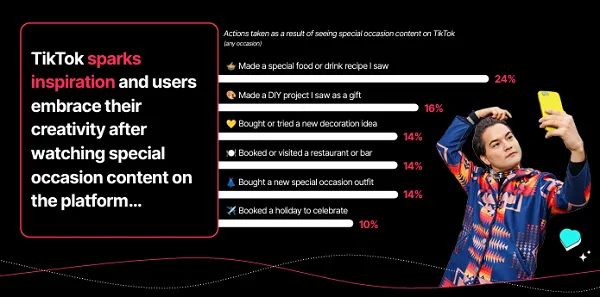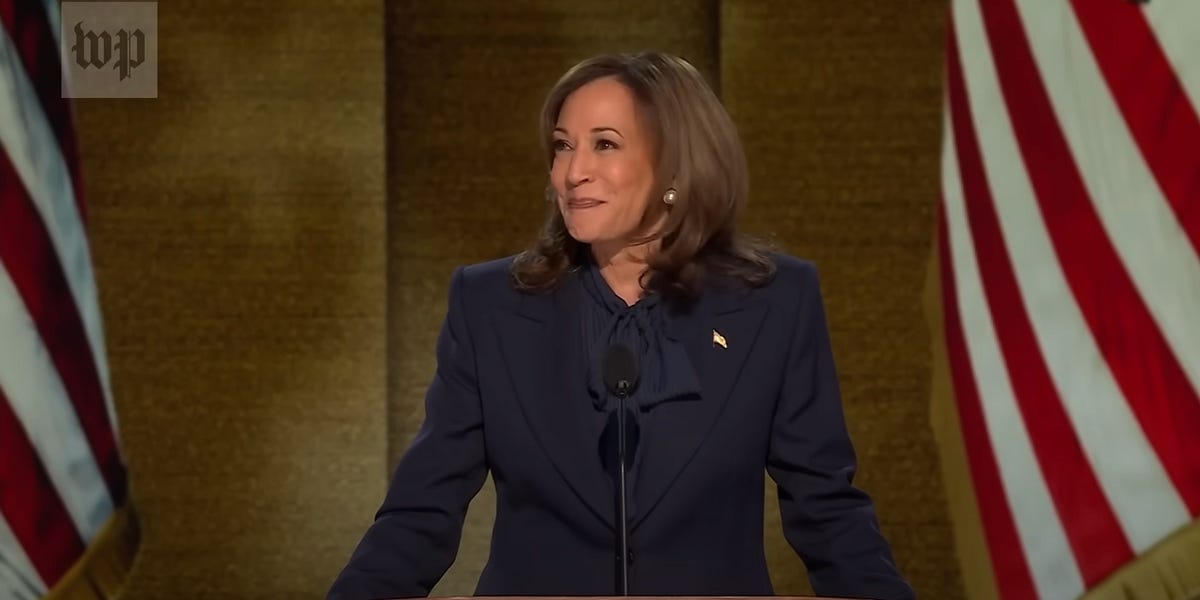
In the 2020 U.S. census, women constituted 58.7% of the civilian labor force. Persons identifying themselves solely as African American comprised 13.4% of the total population. In this context, the underrepresentation of women and people of color at the top of the Fortune 500 is especially stark. This is an urgent matter.
Why is change at the top so hard? To start, there’s a glaring lack of diversity in the leadership pipelines of large companies, which limits options in CEO selection. According to a 2020 Stanford University study of Fortune 100 companies, leaders from underrepresented racial and ethnic groups hold just 13% of C-suite positions with high potential for CEO and board recruitment.
Changing this status quo requires boards, CEOs and CHROs to reframe how they manage their CEO search and succession planning. Increased diversity among CEOs will not happen overnight, but these leaders can take active steps today to cultivate more diverse pools of CEO-ready candidates, and effect real change in the next three, five and ten years. Here are six key areas to focus on.
1. Set intentional objectives
Leaders charged with finding a new CEO must be explicit from the outset that they expect an inclusive process that includes a diverse slate of the highest-caliber talent at every stage. Doing this pushes their teams and advisors to examine what is essential in the role and to look creatively for their next generation of leadership.
Across multiple companies and industries, we’ve seen the power of this intention in action. When boards were explicit that their organization would only consider a diverse slate of the highest qualified leaders, it compelled everyone involved in finding and developing candidates to look beyond the “usual suspects” and search more broadly for excellence. It also expanded the future talent pool and tested assumptions against strategic objectives. Putting institutional credibility behind the need for a diverse slate of the most-qualified candidates is an essential first step.
2. Build a diverse pipeline earlier
Decision-makers also need to address this problem inside their organizations earlier by defining the common routes to the CEO job and ensuring there are diverse pools of the best talent at each stage. To do this they must cast a wide net to look beyond the most-likely successors to include high-potential, seemingly long-shot possibilities—people who could become the right choice given their development trajectory and circumstances.
Sitting CEOs play a critical role here as the connective tissue between boards and potential successors. The CEO is the one closest to the ground, and what they say about up and coming talent, and how they are developing, carries significant weight.
3. Beware tokenism and the “status quo effect”
Boards, sitting CEOs and CHROs must rigorously manage the overall diversity of the candidate pool throughout the entire process to mitigate what is known as the “status quo effect.” Research demonstrates that the presence of only a single member of a different group emphasizes the “otherness” of that candidate and signals tokenism, thus heightening the sense of perceived risk in choosing that person for the role.
4. Assess for potential, not just experience
It’s commonly assumed that experience is the best predictor of success, which creates a bias in favor of prior CEO experience when selecting a new CEO. But our research shows there is no premium for prior CEO experience after the first four years in the role. And given the lack of diversity in C-suite feeder roles, focusing exclusively on experience constrains the candidate pool. Widening the lens to seriously consider high-potential leaders who may bring non-traditional experiences and perspectives is a must. In today’s landscape, agility, humility, empathy, and resilience are essential leadership traits that aren’t guaranteed by experience alone.
5. Mitigate bias through education and vigilance
An objective assessment approach minimizes the opportunities for biases to adversely impact the search process. However, even in the best circumstances, we’ve witnessed bias in the boardroom. Directors must be willing to challenge these faulty assumptions in real-time, and these convictions are strengthened when CEOs and board chairs demonstrate the inclusive values of their organizations. Integrating implicit bias training into the succession process also expands perspectives and adds a crucial layer of process integrity.
6. Support for success
Finally, once a new CEO has been selected, those managing the transition should identify the support the new leader will need to be successful. Embracing a new role and integrating into a new team is a challenge for even experienced CEOs. Careful planning, an explicit and deliberate onboarding plan, and effective coaching for the new leader will help the board and the executive leadership team to better engage and welcome the change that comes as part of a natural organizational and leadership evolution.
























































![What App Features Are People Willing to Pay For? [Infographic] What App Features Are People Willing to Pay For? [Infographic]](https://imgproxy.divecdn.com/mHJQ6ffz2lGDUuF649StZz5xtI56ORDL5z-Cjs9ZUw8/g:ce/rs:fit:770:435/Z3M6Ly9kaXZlc2l0ZS1zdG9yYWdlL2RpdmVpbWFnZS9hcHBzX3RoYXRfcGVvcGxlX3BheV9mb3JfMi5wbmc=.webp)














